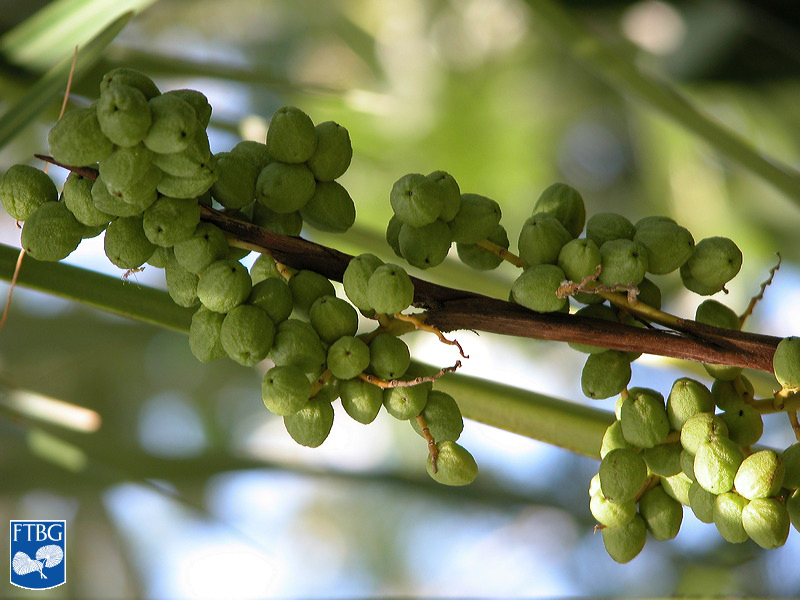About this tool

Introduction
Palms are one of the most easily recognizable plant groups. Originally named “Principes,” the princes of the plant world, by Linnaeus, palms and their products are an integral part of human culture in warmer regions of the globe. Palms are commonly cultivated as ornamentals, and many palms have been used as crop plants for centuries, providing important sources of food and a variety of other products. As such, palms are one of the most economically important groups of plants.
Identifying Commonly Cultivated Palms is one of several commodity-based tools comprising a resource for pests and diseases of cultivated palms, and is designed to help users identify cultivated palms. The ability to identify a palm host is an important aid to pest and disease identification, as many diseases and pests may be host specific. Identifying Commonly Cultivated Palms supports users that may only have a portion of a complete representative sample of a plant. This tool allows users to identify many specimens to species, though this is not possible in all cases, as many palms are capable of hybridizing.
This tool was originally released in October 2010. The tool's key was updated in April 2018 from a key server version to a Javascript version to increase usability; in particular, the Javascript key offers an improved image viewer. In May 2014, the tool was updated to make the site dynamic, bringing the fact sheet data into ITP's online database and allowing the creation of a filterable image gallery. However, there were no content updates to the key or fact sheets as part of either update, so all the fact sheet and key content is current as of October 2010.

The tool features fact sheets to support the identification of palms that are grown in the United States and the Caribbean. A glossary is included to help explain botanical terms used in the fact sheets, and the tool also features a number of annotated illustrations to further clarify some morphological terms. The diagrams may also be accessed from anywhere in tool by using the Morphology drop down menu and selecting the desired diagram. A few reproductive characters are included in the key and described in the fact sheets, but they are not essential for identifying palms included in this tool. If you are collecting fresh material for later identification, you might want to review these tips for making a palm specimen.
The intended audience for this tool is non-experts working in the field within Cooperative Agriculture Pest Survey (CAPS), National Plant Diagnostic Network (NPDN), and other national, regional, and state agricultural agencies/organizations with responsibilities associated with pest and disease survey and detection. However, the tool will be useful for anyone who manages palms in a nursery or landscape setting. All features in the key can be used with the naked eye or a hand lens.


